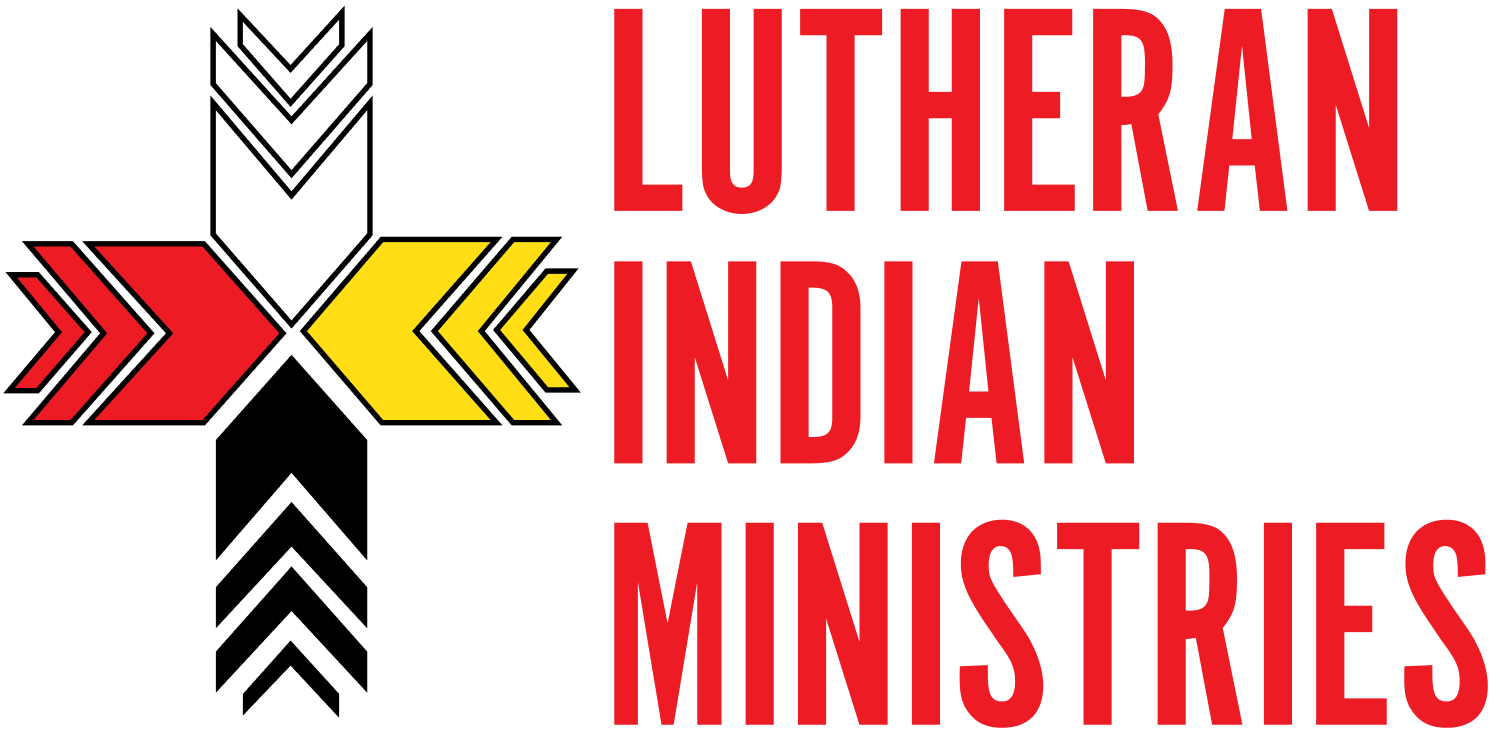This Week in Native American News
How would an ivory ban affect Alaska Natives?
New Jersey, New York, and California were the first of the US states to pass ivory bans to deter the poaching and trafficking of elephants, and more than ten more states have some form of law in the works. These laws, however, also ban walrus, mammoth, and mastodon ivory which can be legally used by indigenous groups.
“It’s not just a hobby for us – this is our livelihood,” said Denise Wallace, an indigenous Alutiiq ivory carver now living in Hawaii, which is poised to pass its own broad ban of ivory. “I live out of the state, but I know there are a lot of people up [in Alaska] who are living in villages, and this is their total income as well.” Read the full article here.
You may be also interested in this Washington Post article from 2005 that focuses on the life and hardships in Savoonga, Alaska but also mentions ivory carving. It's an interesting read.
Who else can replace on our currency?
Maybe Jackson should have been replaced by a renowned and historic chief, since he implemented the Indian Removal Act of 1830 which led to the Trail of Tears. In fact, some natives in Oklahoma won't even touch a $20 bill. At least, that's what this article argues, though we think Harriet Tubman deserves it as well.
UCLA Mapping Indigenous Groups
Los Angeles is home to one of the largest indigenous populations in the country, and UCLA's new project wants to bring that to light. The project is called: Mapping Indigenous L.A.
“Really what we wanted to do is create kind of a virtual world where people would have access to the different-layered indigenous L.A.,” said Mishuana Goeman, a member of the Tonawanda band of Seneca Indians, and a professor at UCLA.
With over 700,000 American Indian and Alaska Natives in the L.A. area, the team hopes to teach the people of California that Natives aren't just historical stories or dying out, but that they are growing and becoming more aware of their heritage and culture. Read the full article here.
These two articles do not directly approach American Indian and Alaska Natives, however, they do address issues that these groups struggle with, namely poverty and its effects on a community and group. Both of these articles lay out facts and studies about a problem we know already exists within the Nations and, hopefully, will help us to figure out a plan to remedy it.
Poverty, Compounded - Staying poor isn’t just a matter of having too little money—it’s about a series of unstable circumstances that build upon each other.
This article speaks mostly about African and Latin Americans, but Native Americans, particularly those on reservations, experience all five types of poverty mentioned.
Why the Poor Die Young - A massive study of health and income found that smoking, obesity, and exercise are the most important determinants of longevity. Poor neighborhoods score worse in all of them. What’s going on?
Speaks to the quality of life of impoverished families and how the community adds to (or detracts from) the quality of life for individuals.




